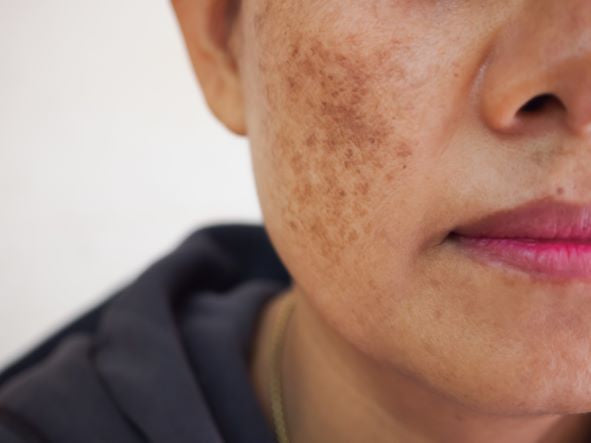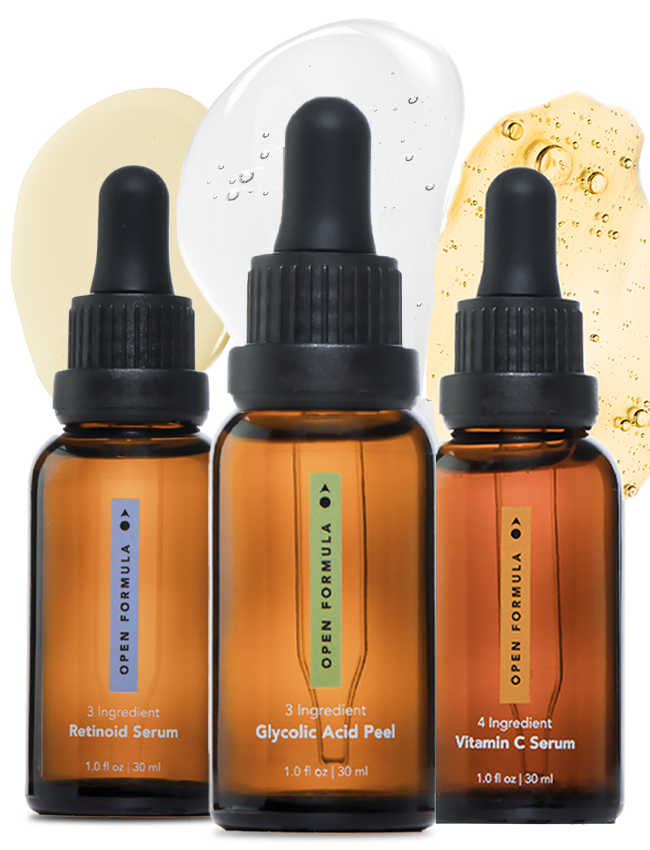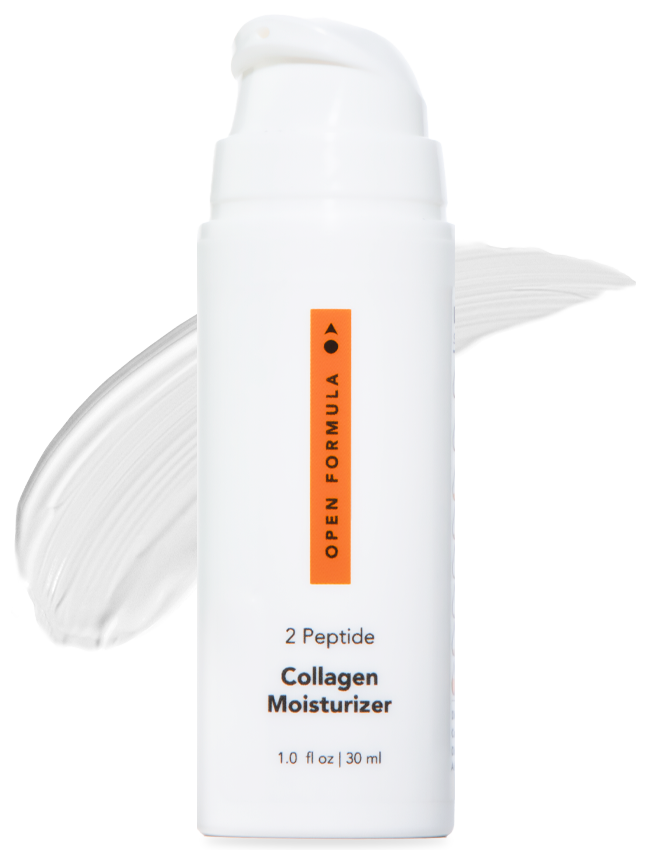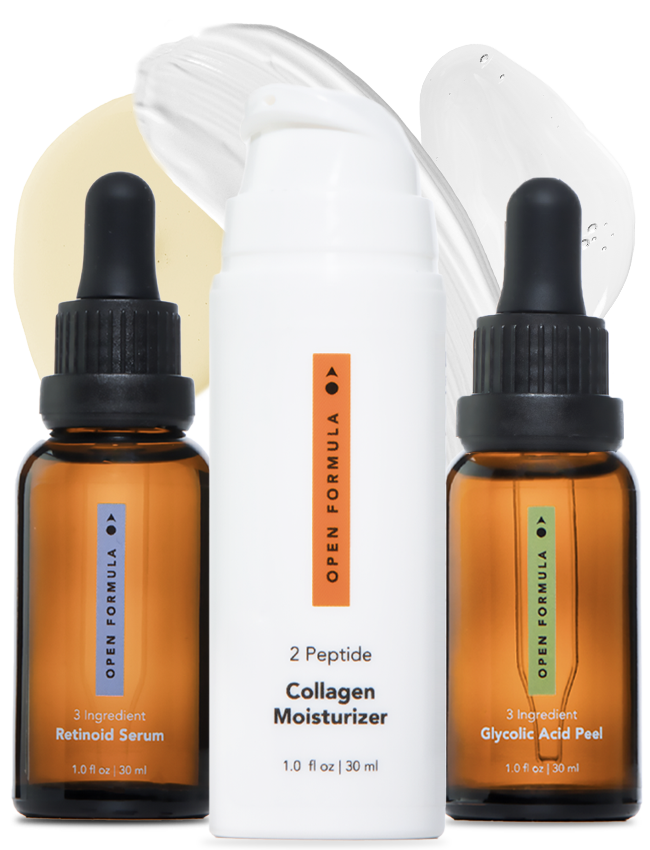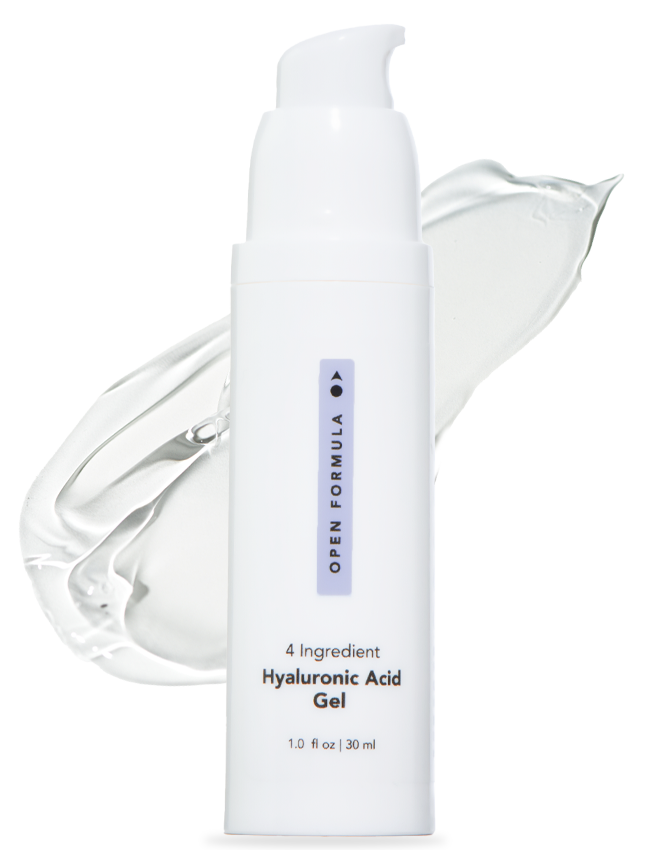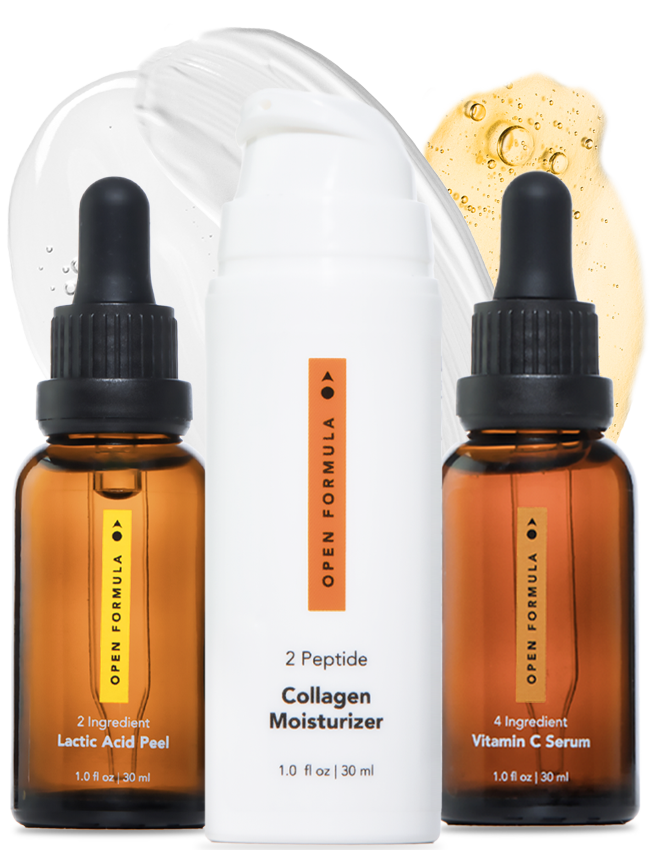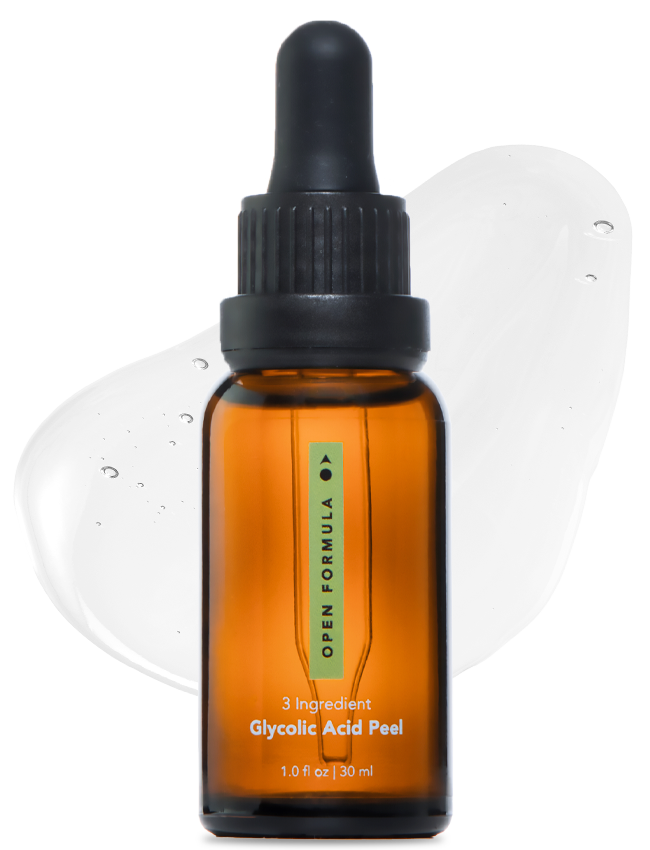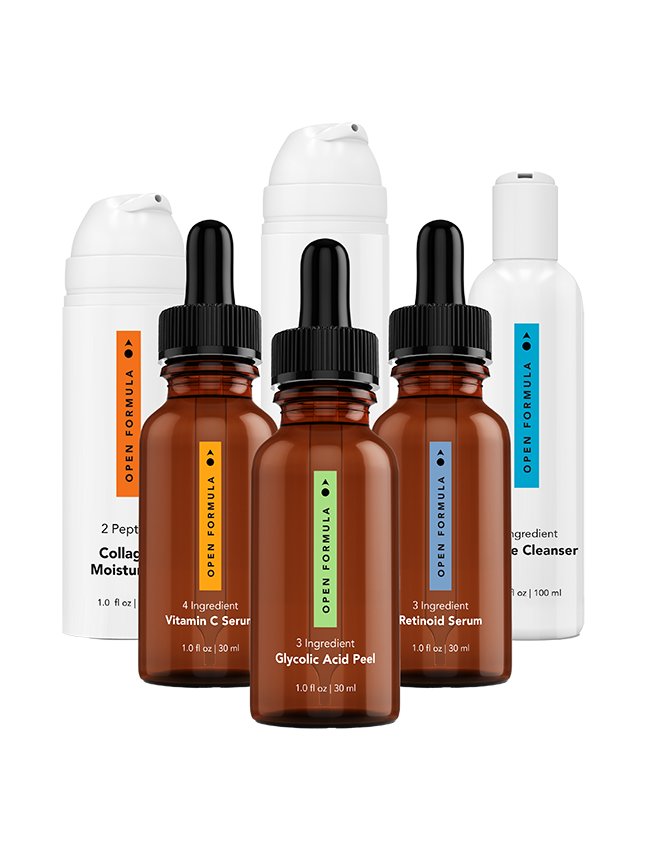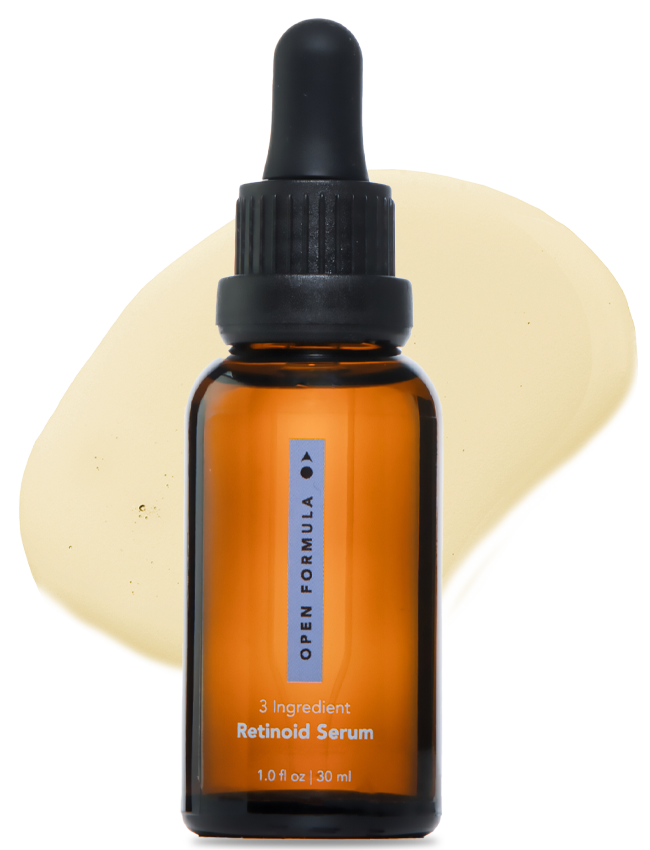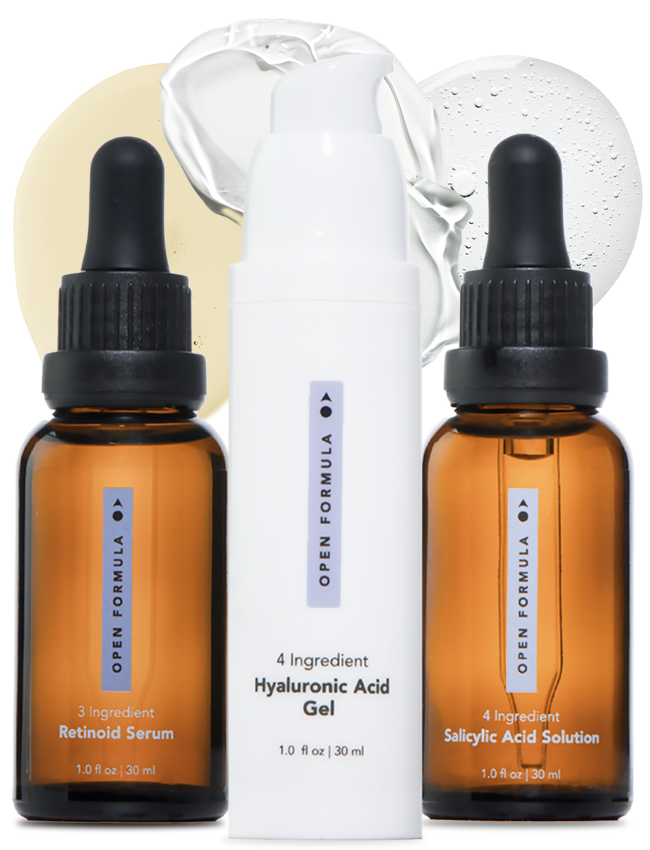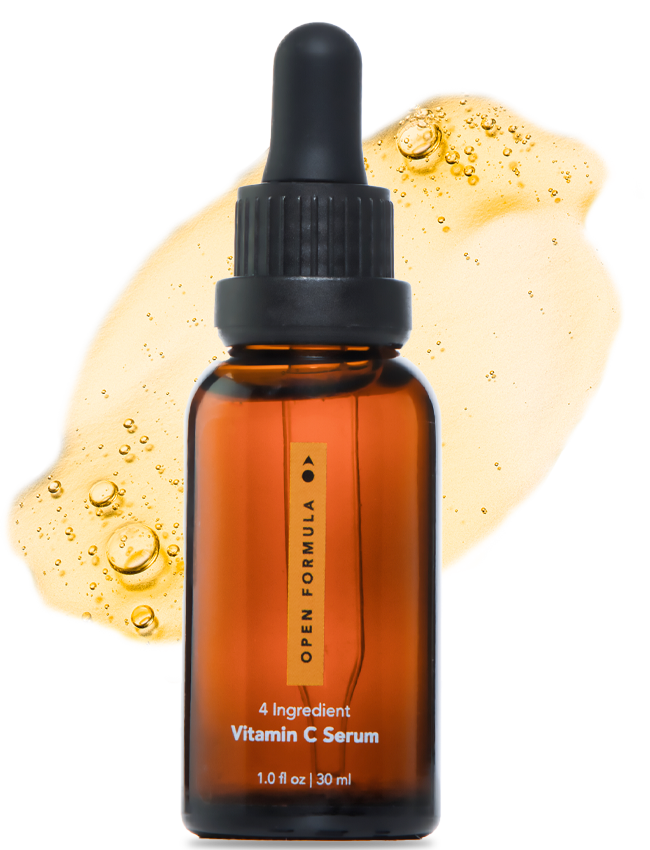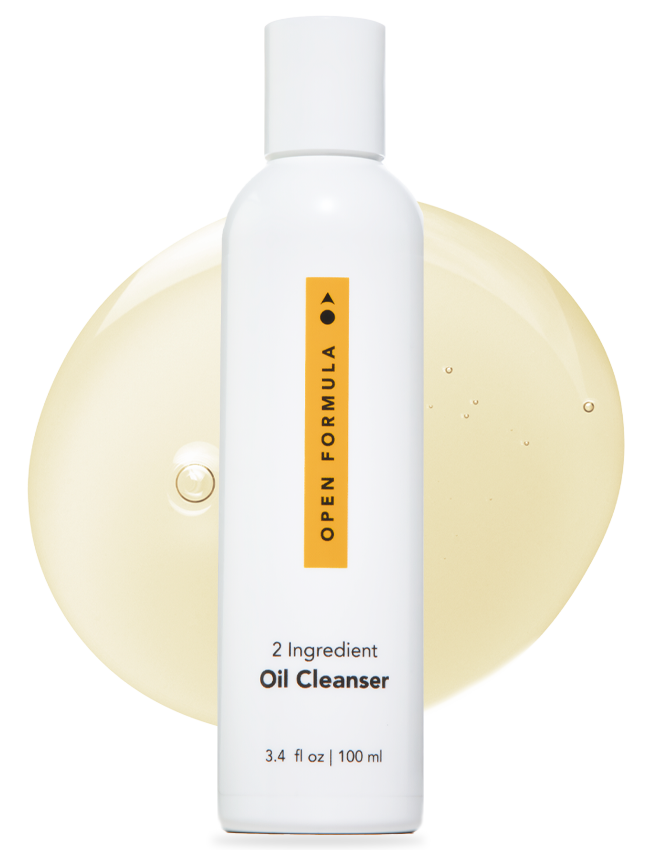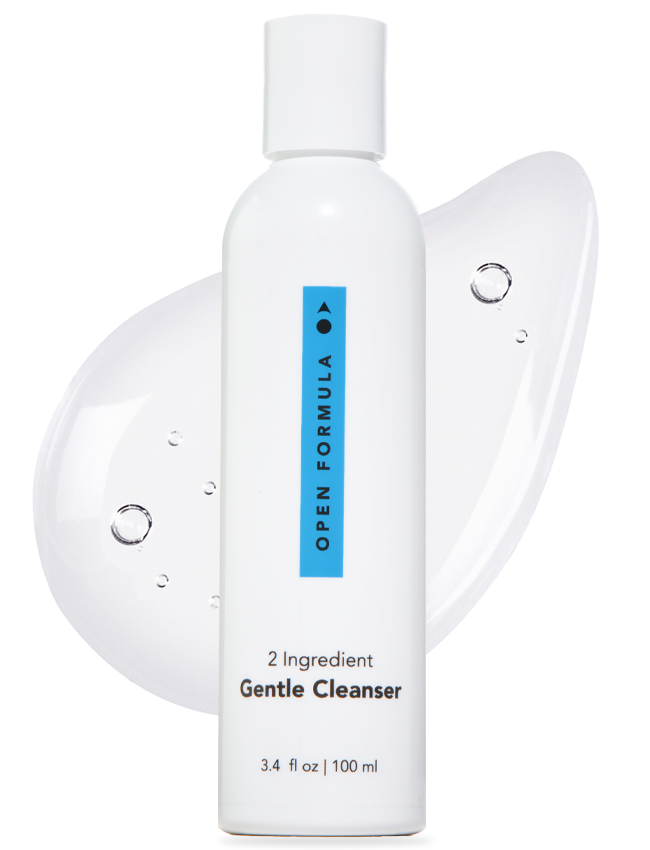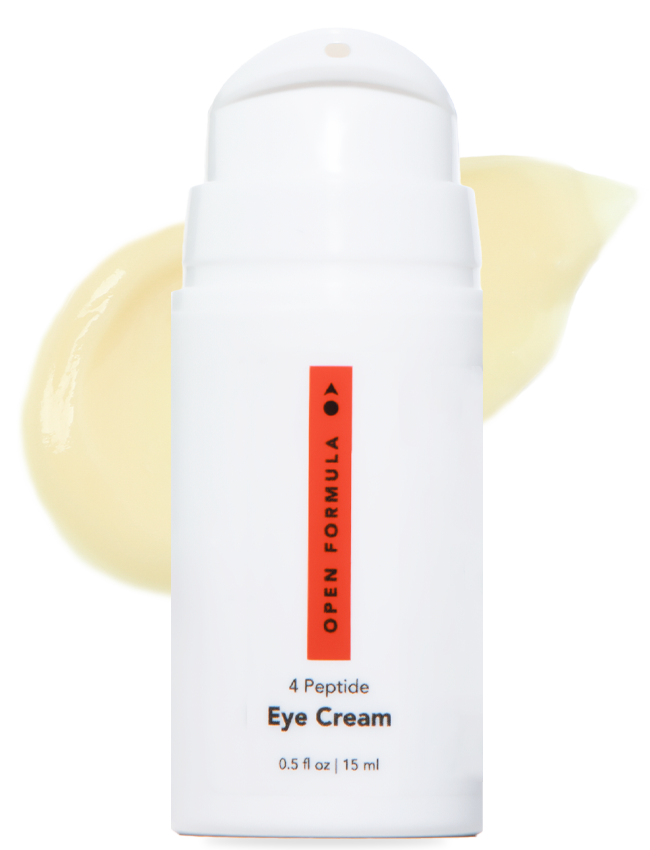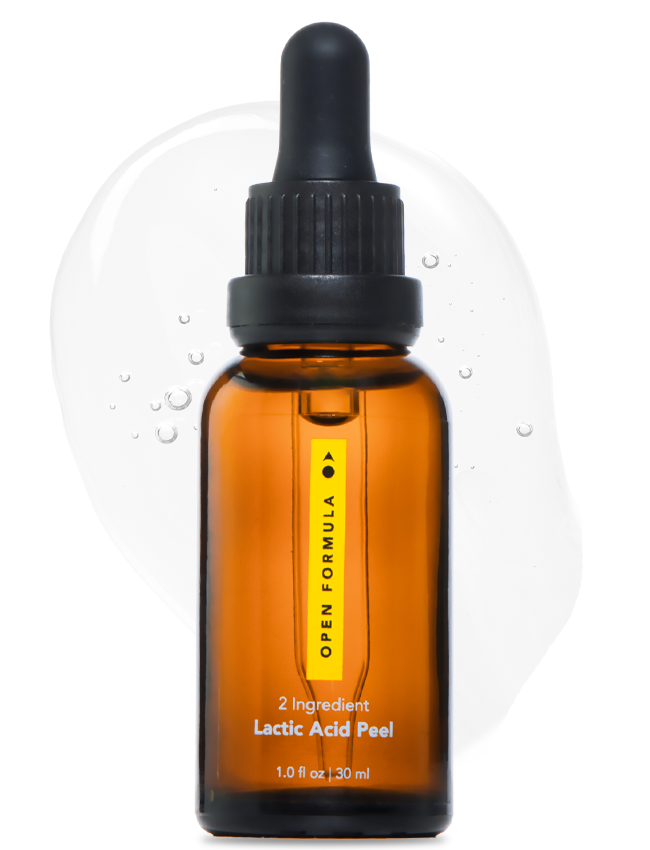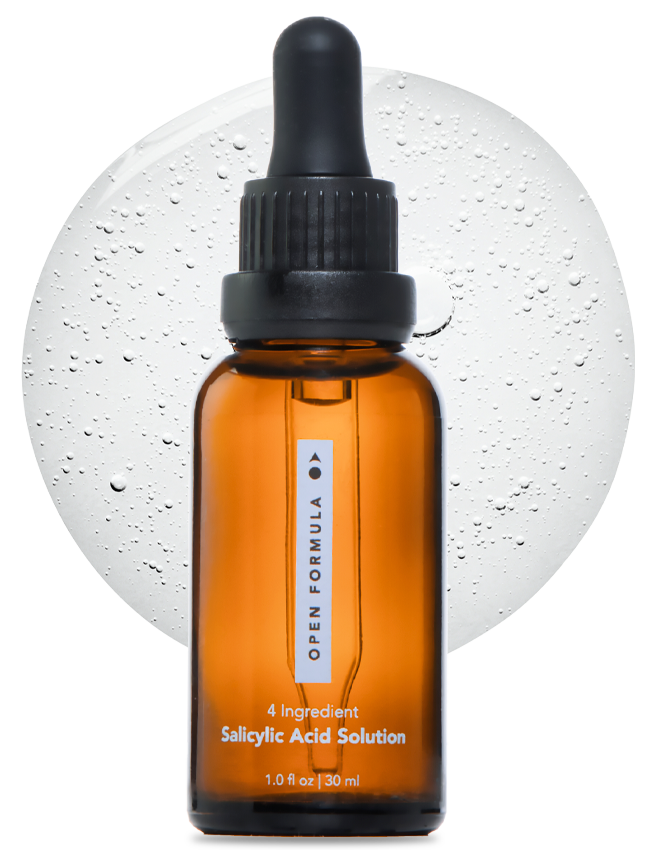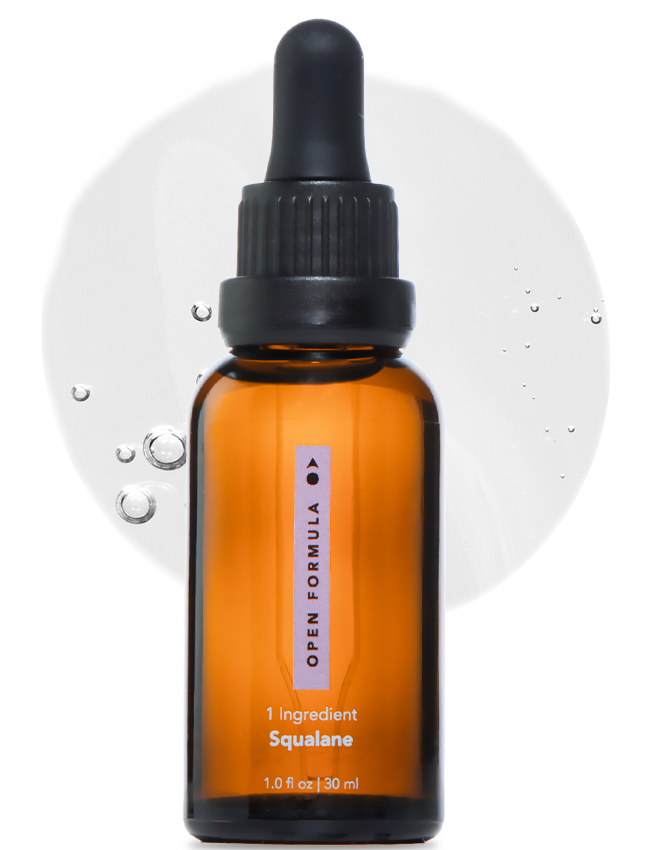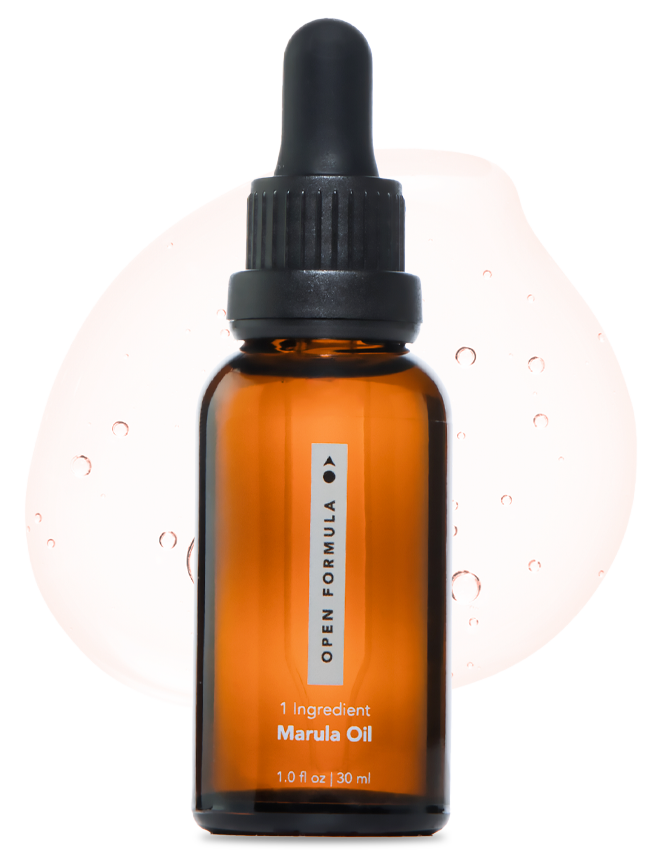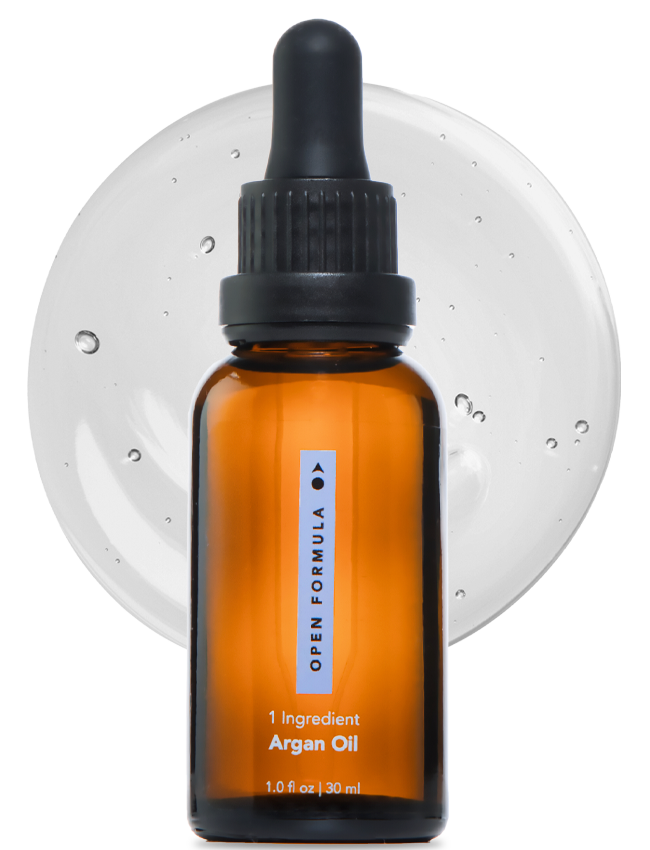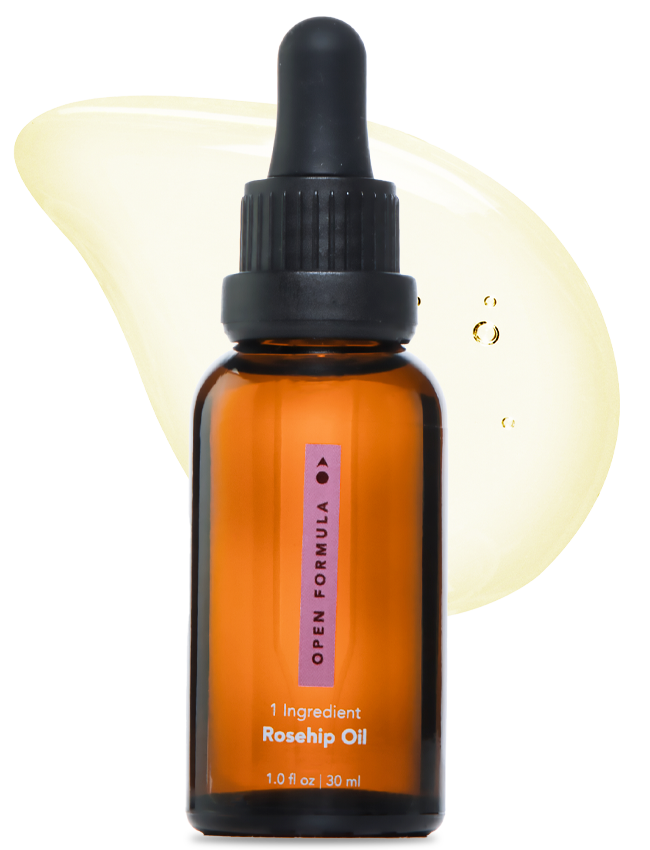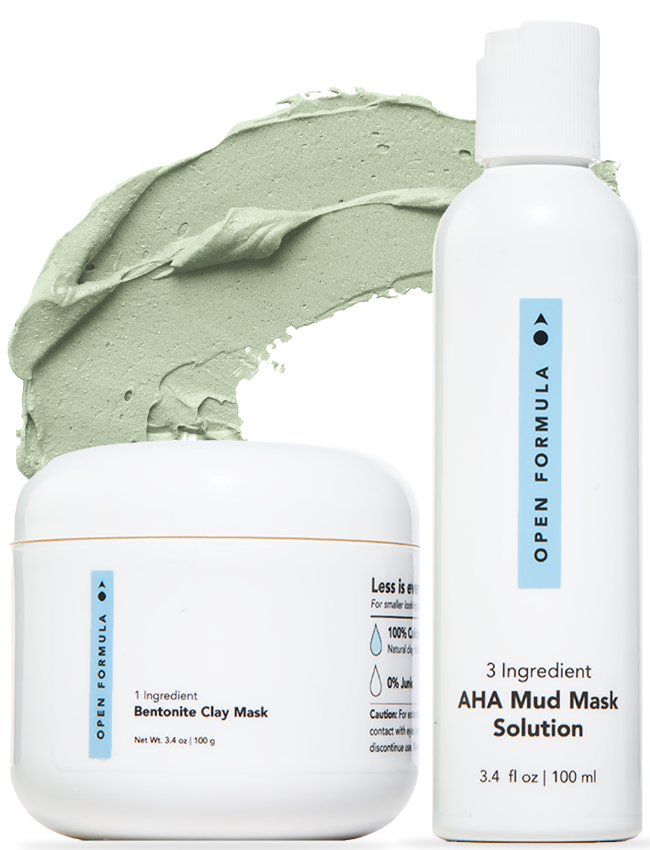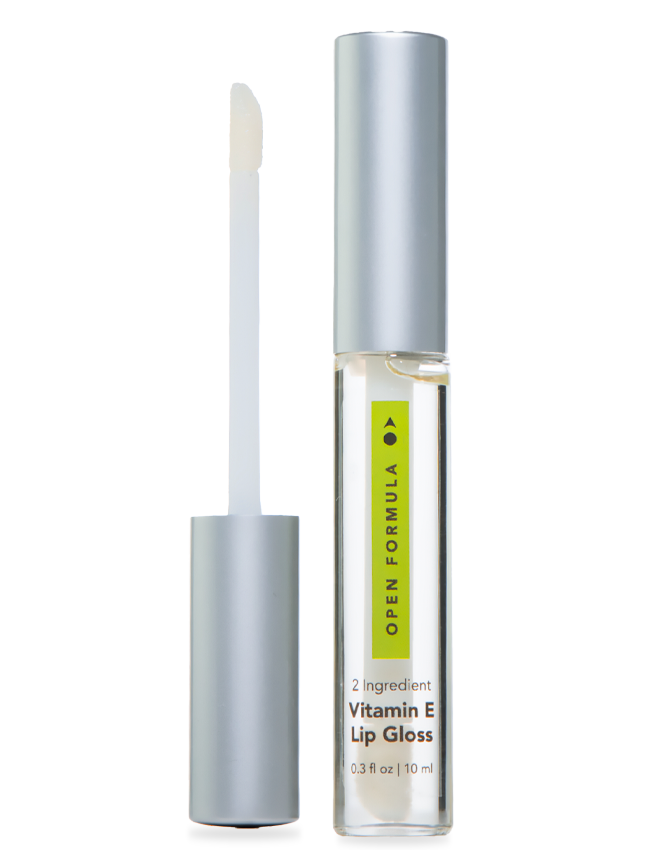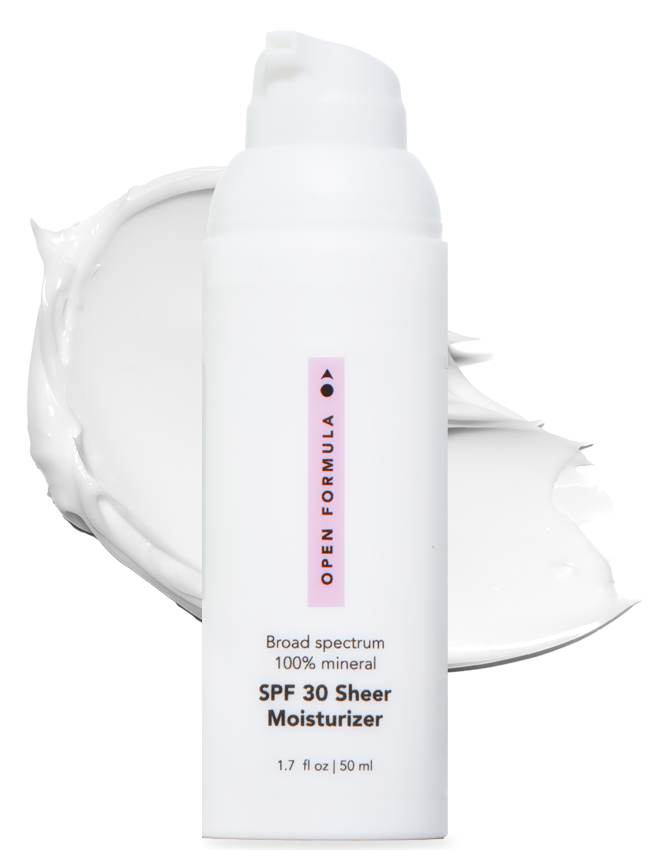Dark spots on skin are a sign of damage to skin. Whether that’s from the sun, acne, or age, hyperpigmentation spots on skin indicate that skin cells have been impacted from some type of damage. Here’s how to find out what is the cause of hyperpigmentation of your skin, and what you can do about these visible skin blemishes.
What Is the Cause of Hyperpigmentation?
Well, there’s more than just one cause of hyperpigmentation in the first place! Dark, freckle-like, circular spots typically appear on skin after damage and inflammation. One cause of hyperpigmentation is exposure to UV rays.
Age Spots
This causes the type of hyperpigmentation that we often call age spots or sun spots. These appear on skin due to the effects of UV rays on the skin over time. That’s why they’re called age spots - they are most common in older people and a sign of age.
Preventing this kind of hyperpigmentation starts with frequent sunscreen usage - preferably, daily, no matter the season! However, that doesn’t mean it’s too late to tackle existing hyperpigmentation of the skin.
Post-Acne Marks
Another common cause of dark spots on skin is acne. This type of pigmentation on skin is called ‘post-inflammatory hyperpigmentation’, or PIH. PIH appears on skin after there has been a site of inflammation, such as an active breakout.
Skin forms dark spots as a part of the healing process. The skin cells try to create melanin, the pigment responsible for our skin’s color to match the new healing skin to the rest of our bodies. However, sometimes the signals get mixed up and the skin cells product too much in one area - resulting in darker spots on the skin after the acne heals.
How to Reduce Hyperpigmentation of the Skin
Now that we understand some of the causes of dark spots on skin, fading them is straightforward with the right skincare ingredients and routines.
Antioxidant serums can go a long way to both fading the look of dark spots on skin and preventing more from forming. They encourage the skin’s natural collagen levels, supporting renewal that fades the look of dark spots on the surface.
Retinol is another ingredient that’s scientifically proven to fade hyperpigmentation of the skin. This happens through retinol’s ability to encourage cellular turnover, encouraging older skin cells to renew themselves and reveal even-toned skin.
Peeling acids such as Glycolic Acid and Lactic Acid also have well-researched abilities for fading dark spots and hyperpigmentation. These two give skin a radiance-boost by sweeping away dullness causing dead skin cells from the surface of your skin. Glycolic Acid and Lactic Acid also work well to fade dark spots from skin over time.
Fading Dark Spots: Key Tips
Lightening hyperpigmentation of the skin is straightforward with the right skincare products. Supporting skin’s cellular turnover helps to fade away these surface blemishes, revealing radiant, even-toned skin.

